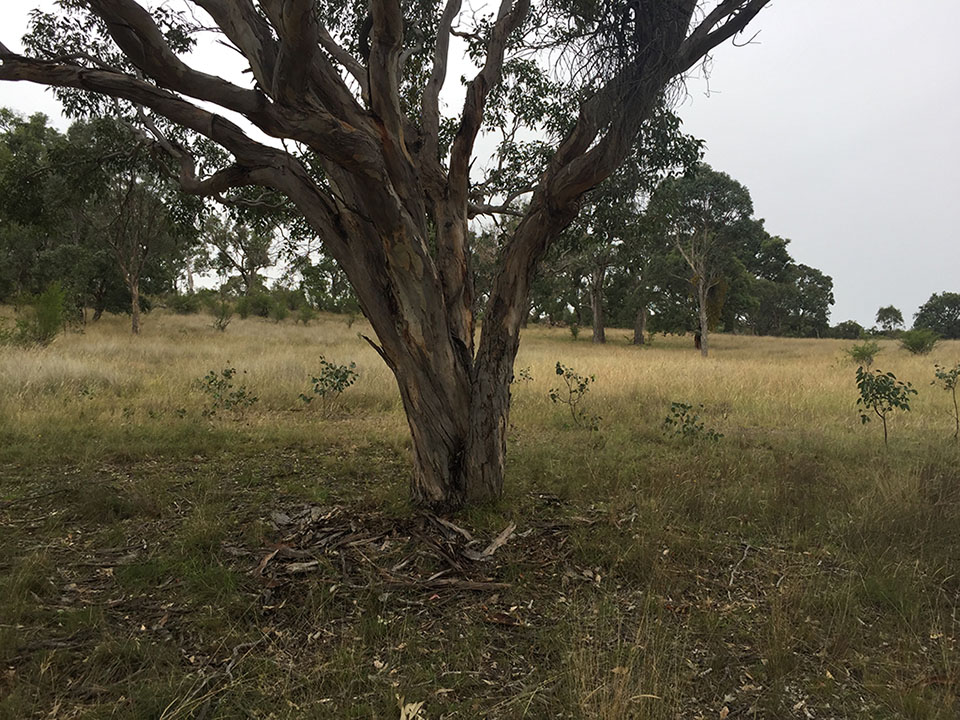
Long Term Research
The long term regenerative grazing study- grassy woodlands of NSW
This project was supported through funding from the Australian Government's National Environmental Science Program and was conducted by Australian National University, University of Canberra and University of Queensland researchers and economists, Vanguard agricultural consultants and statisticians from NSW State Government and the Australian Bureau of Agricultural and Resource Economics and Sciences.
Some of the interesting findings were that:
- The average profit levels from the regenerative graziers was comparable with the Holmes-Sackett elite producers.
- The average profit levels of the regenerative graziers were consistently higher than the average ABARES farm survey participants and showed less variability over the study period.
- The average profits of regenerative graziers were consistently better in years where there was low rainfall.
- The regenerative managed farms had substantially lower cost structures, in key areas such as supplementary feed costs/DSE, pasture costs/DSE and animal health and breeding costs/DSE.
The wellbeing of regenerative graziers was assessed relative to the Regional Wellbeing Survey. This survey regularly checks the wellbeing of some 7,000 farmers across Australia. Regenerative graziers reported:
- Significantly higher levels of wellbeing compared to similar farmers in the Regional Wellbeing Survey.
- Greater confidence in their ability to achieve farming goals, and their optimism was higher.
- Significantly higher levels of general health.
- Some regenerative graziers reported challenges in gaining acceptance in their local communities.
The environmental health of their farms was also assessed with the following findings:
- The legacy of past practices such as cropping or high fertilizer inputs were still substantial on many properties (despite these practices, in many cases stopping over 20 years ago).
- Grassy woodland on the farms was observed to be regenerating, with the presence of many sensitive, rare species in the ground layer.
- The average ground cover percentage of the participants’ properties was up to 18% higher than the average in the locality (10km² radius) over time.
If you’re interested in learning more about how you can transition your farm management or to attend a workshop on this study, please don’t hesitate to contact us.

